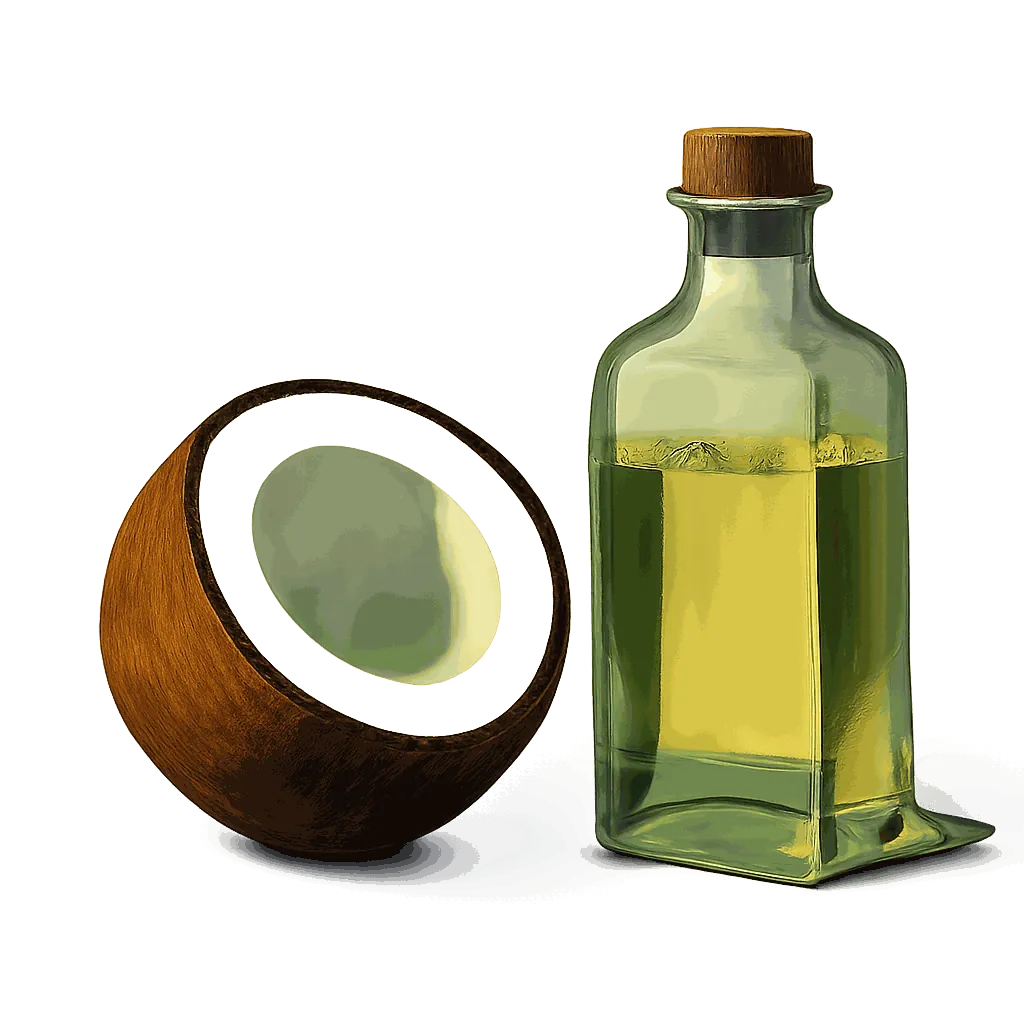Perfect Pairings & Recipes for
20 Year Old Tawny Port (Port)
.webp)
Top flavour pairings and 20 year old tawny port (Port) recipes, revealed through the hidden methmatics of flavour.
20 year old tawny port (Port) instantly conjures the embrace of rancio and the bracing kiss of caramel, but beneath its sweetness lies a complex symphony of subtle flavour notes, such as oak, hazelnut, and hints of raisin. These are the notes that lend it such remarkable, resonant depth. And the magic of the kitchen begins when we seek out partners that allow these notes to truly sing.
To map these harmonies, we analysed thousands of ingredients, breaking each one down across 150 flavour dimensions, identifying which notes complement and contrast. Our analysis reveals, for example, how clove's eugenolic tones infuse with 20 year old tawny port (Port), and how cayenne pepper's piperine notes create a surprising synergy with its nutty aroma.
Flavour Profile Of 20 Year Old Tawny Port (Port) Across 150 Dimensions Of Flavour
Flavour wheel chart showing the dominant flavour notes of 20 year old tawny port (Port): Oxidized, Caramel, Raisin, Hazelnut, Oaky, Molasses, Ficus, Vanillic, Walnut, Honeyed, Blackberry, Cherry, Tannic, Almond, Plum, Tobacco, Clove, Leather, Maple, Lactic, Brettanomyces, Cinnamon, Ginger, Buttery, Sugary, Apricot, Coffee, Astringent, Milky
An ingredient's flavour profile is determined by its core characteristics (e.g. woody, spice, and acidic) enhanced by layers of subtle aroma notes (outer bars). When pairing ingredients, aim for a mix of core traits to build balance, and select complementary aroma notes to create harmony.
The Secret Language of Flavour
To understand exactly which flavours harmonise, we compiled a database of over 50,000 ingredient pairings commonly used in cooking. We then analysed these pairings, identifying the specific flavour notes that frequently appear together.
The Flavours That Harmonise With Oxidized Notes
Strength of Association Between Flavours
The flavours most associated with oxidized notes are: Chanterelle, Ferrous, Petrichor, Fatty, Peppercorn, Bovine, Onion, Sulfurous, Gamey, Clove, Proteolytic, Musky, Mustard, Resin, Dried Porcini.
Our analysis reveals a strong connection between rancio and black pepper flavours. Since 20 year old tawny port (Port) has a distinct rancio flavour, try pairing it with the peppery flavours of cayenne pepper.
The recipe below provides inspiration for pairing 20 year old tawny port (Port) with cayenne pepper.
Harmonious Flavours Of 20 Year Old Tawny Port (Port)
Just as our ingredient analysis revealed that rancio and chanterelle flavour accents combine harmoniously, we can identify the full profile of flavours that harmonise with each of the flavour notes present in 20 year old tawny port (Port). For instance, the caramel accents of 20 year old tawny port (Port) are strongly associated with cabbagy and rosemary notes.
The aroma notes complementary to the various aroma notes of 20 year old tawny port (Port) can be seen highlighted in the pink bars below.
Flavour Profile Of 20 Year Old Tawny Port (Port) And Its Complementary Flavour Notes
Flavour wheel chart showing the dominant flavour notes of 20 year old tawny port (Port): Oxidized, Caramel, Raisin, Hazelnut, Oaky, Molasses, Ficus, Vanillic, Walnut, Honeyed, Blackberry, Cherry, Tannic, Almond, Plum, Tobacco, Clove, Leather, Maple, Lactic, Brettanomyces, Cinnamon, Ginger, Buttery, Sugary, Apricot, Coffee, Astringent, Milky
Matching Flavour Profiles
The flavour profile of clove offers many of the aroma accents complementary to 20 year old tawny port (Port), including clove and camphor aroma accents. Because the flavour profile of clove has many of the of the features that are complementary to 20 year old tawny port (Port), they are likely to pair very well together.
Prominent Flavour Notes Of Clove Are Represented By Longer Bars
Flavour wheel chart showing the dominant flavour notes of Clove: Clove, Resinous, Balsam, Camphor, Cinnamon, Almond, Allspice, Bay leaf, Poivre
The chart above shows the unique profile of clove across 150 dimensions of flavour, while the recipes below offer inspiration for bringing these flavours together with 20 year old tawny port (Port).
Recipes That Pair 20 Year Old Tawny Port (Port) With Clove
Linked Flavour Notes
Looking at the aromas that are most strongly associated with the various flavours of 20 year old tawny port (Port), we can identify other ingredients that are likely to pair well.
20 Year Old Tawny Port (Port)'s Harmonious Flavours And Complementary Ingredients
20 year old tawny port (Port)'s Strongest Flavours
Complementary Flavours
Ingredients with Complementary Flavours
Flavour groups:
Nectarous
Acidic
Floral
Herbal
Spice
Vegetal
Maillard
Earthy
Carnal
The left side of the chart above highlights the aroma notes of 20 year old tawny port (Port), along with the complementary aromas associated with each note. While the right side shows some of the ingredients that share many of the accents complementary to 20 year old tawny port (Port).
Prominent Pairings
Our analysis identifies dishes that pair well with 20 year old tawny port (Port) and highlights the prominent ingredient combinations within these recipes. Key pairs include ground ginger and crystallised ginger offering spicy aroma, orange zest and lemon zest for turpentiness, pineapple and icing sugar for saccharine depth, and vanilla paste and brioche for a complex beurreux undertone. Explore these combinations to unlock 20 year old tawny port (Port)'s hidden complexity, reveal deep nuance, and elevate its vibrant character.
Ingredient Combinations Among Dishes That Pair With 20 year old tawny port (Port)
Flavour groups:
Sweet
Sour
Botanic
Vegetal
Earthy
Bitter
How Flavonomics Works
We've pioneered a unique, data-driven approach to decode the intricate art of flavour pairing. Our goal is to move beyond intuition and uncover the science of why certain ingredients harmonise beautifully. This rigorous methodology allows us to provide you with insightful and reliable pairing recommendations.
Our analysis begins with over 50,000 carefully selected recipes from acclaimed chefs like Galton Blackiston, Marcello Tully, and Pierre Lambinon. This premium dataset ensures our model distils genuine culinary excellence and creativity.
Each ingredient from these recipes is deconstructed across 150 distinct flavour dimensions, creating a unique numerical "flavour fingerprint." This quantification allows us to apply advanced analytical methods to identify complex patterns between flavour notes.
We identify popular ingredient combinations that frequently appear in our recipe database. Regression analysis is then performed on these pairings to statistically validate and pinpoint truly harmonious flavours.
These insights drive our predictive model, which allows us to take any ingredient (e.g., 20 year old tawny port (Port)), analyse its detailed flavour profile, and accurately reveal its complementary flavours and perfect ingredient partners.
Explore More
Discover more ingredient profiles and expand your culinary knowledge. Each ingredient page offers detailed analysis of flavour profiles, pairing insights, and culinary applications.
The content on our analysis blog is semi-automated. All of the words were manually written by a human, but the content is updated dynamically based on the data.


